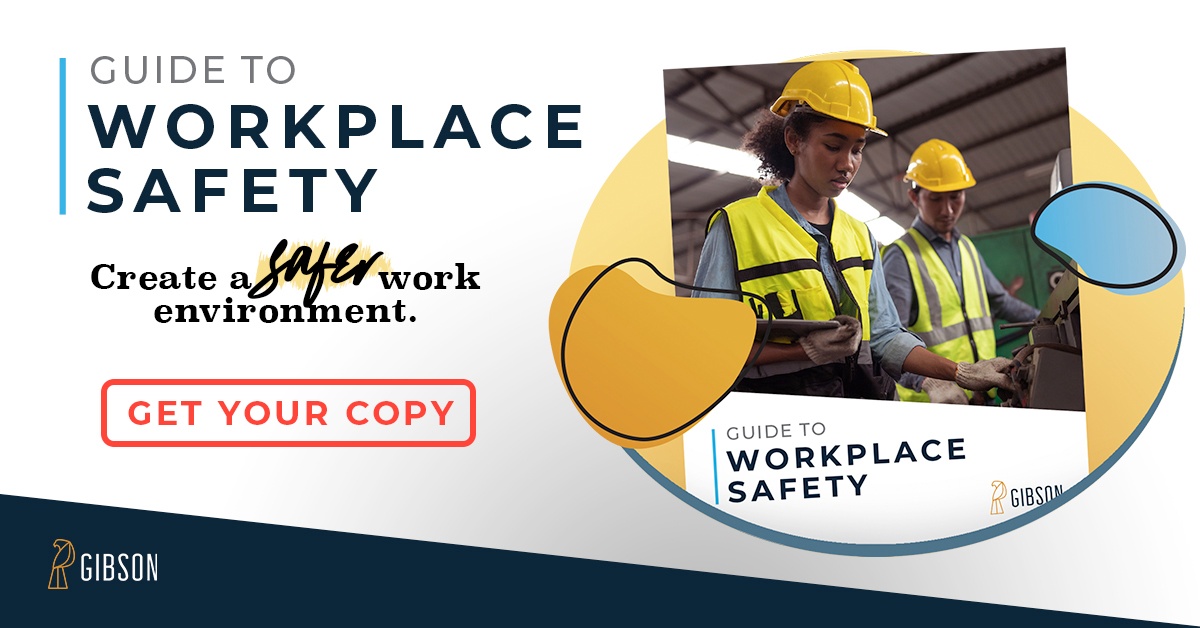 All you need for a workplace strain or sprain to occur are stairs or a floor. While there has been an encouraging decline in workplace injuries overall, the Bureau of Labor Statistics reports a slight increase in musculoskeletal injuries classified as sprains, strains, and tears. And, that includes an increase in injuries to the lumbar region, which are typically long-term and expensive to care for.
All you need for a workplace strain or sprain to occur are stairs or a floor. While there has been an encouraging decline in workplace injuries overall, the Bureau of Labor Statistics reports a slight increase in musculoskeletal injuries classified as sprains, strains, and tears. And, that includes an increase in injuries to the lumbar region, which are typically long-term and expensive to care for.
No one discusses fault when handling workplace injuries. Fault is not a legal or medical term. There is little value in assigning blame. The only value lies in reducing the cost and length of the claim and in preventing future incidents.
Employee Issues
There are several employee-related factors that tend to increase the likelihood that sprains or strains will occur. These include:
- Behavior alerts. Smoking, drinking, overeating, and other bad lifestyle habits are prone to musculoskeletal injuries and prolonged recovery to wrists, ankles, hips, neck, shoulders, and lumbar areas.
- Work habits. Employees who reject training and advice on physical work, such as stretching, lifting, and carrying. They invite unnecessary risk by ignoring directives, communications, and signage. Risky work habits increase physical fatigue and reduce ability to recover.
- Physical fitness: Lack of balanced diet, nutrition, and exercise put employees at higher risk. At least moderate exercise and frequent hydration on and off the job are reasonable individual expectations.
- Self-awareness: Workers know their own bodies best. Early signs of muscular aches, pains, and strain should prompt proactive concerns about their health.
By putting a good workplace wellness program in place and educating employees about the impact their lifestyle and decisions have on their health, employers can reduce the incidence of workplace strains and sprains.
Management Issues
Employees aren't the only ones who can control their chances of injuring themselves on the job. Employers also have a role to play.
- Job analysis: Management needs to analyze all jobs in terms of their physical demands, the strain on joints, muscles, and limbs. They should assess motion, stress, and force load in the interest of employee safety, loss prevention, and improved productivity.
- Repetitive motion: Job analysis of tasks and processes should reveal those that are repetitive and stressful physically and mentally. The duration of repetitive motion should be evaluated and managed to acceptable levels to reduce risk.
- Posture study: Working from an awkward position exerts force on nonaligned joints. Injuries occur frequently when workers operate repetitively for long periods without allocated time for rest and recovery.
- Environmental risks: Holes, openings, and uneven floors invite injuries. Floors, stairs, and other common elements present hazards to the inattentive or careless. Environmental factors can be easily remedied with prompt attention, adequate signs, and public notice.
Tips for Reducing Workplace Strains and Sprains
There are several things that can be done to reduce injuries in the workplace:
Tip #1 - Administrative tasks: Management must assume risk management responsibilities from hire to retire. Operations must analyze jobs thoroughly and frequently with the intent to implement controls, job rotation, and adequate rest periods.
Tip #2 - Process controls: Management must provide tools, machines, and workstations that enable adequate range of motion, respiratory recovery, and available hydration.
Tip #3 - Training metrics: Management, perhaps through Human Resources or with assistance from your Workers' Compensation insurance company, must chart continuing safety and risk management training for all employees.
Tip #4 - Response protocol: Employees and supervisors must understand the protocol to respond to first symptoms and injury reports. They should feel comfortable reporting issues and believe their complaint will be met and handled correctly and expeditiously in everyone's interest.
Tip #5 - Loss prevention team: A corps of employees can be trained to go into rescue and management mode when injuries occur, expediting paperwork and medical attention. And, they can be tasked with salving the near and present risk that occasioned the injury.
An intelligent workplace risk management program will significantly reduce the high costs, direct and indirect, of strains and sprains. Our team of experts at Gibson is trained to help companies in a variety of industries to develop customized risk management solutions. Give us a call and we'll work with you to create an effective safety plan!





